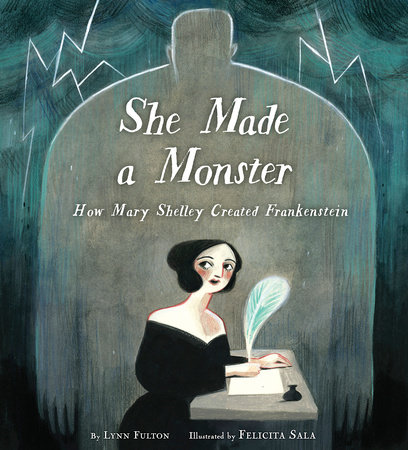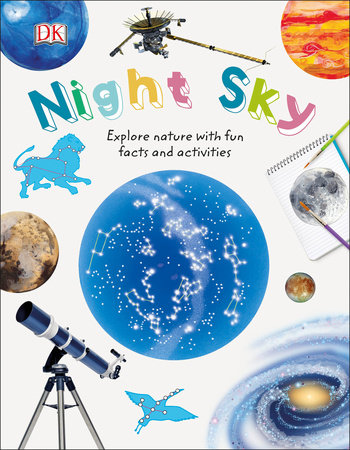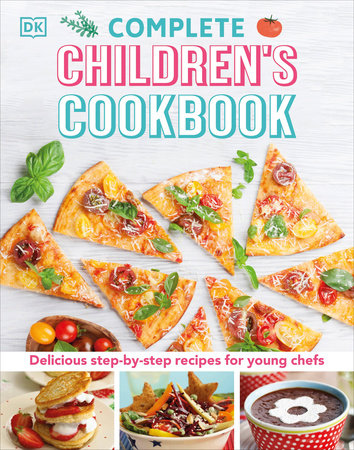6 Tips for Enjoying Nonfiction with Young Children
by Lindsay Barrett
My toddler and preschooler recently discovered the nonfiction section at the library. They scoop up all the sports books their chubby arms can carry and beg me to read them. I’m thrilled they’re so excited about books, of course, but … informational books don’t often invite funny voices for different characters or dramatic wondering about what will happen next. As a fellow parent recently commented to me, reading nonfiction aloud can be “a little bit dry.”
There’s a strong case for including informational text in your family’s reading diet, though. Some research shows that children actually prefer nonfiction books to stories, and they are fantastic for building kids’ vocabulary and background knowledge. Reading nonfiction aloud can be fun, too. Here are some tried-and-true tips for making reading nonfiction to young kids enjoyable.
1. Choose great books.
Reading nonfiction to your kid does not mean you have to slog through the sports records book from 1989 that happened to be at your kid’s eye level on the library shelf. Nonfiction for young readers is hot right now; publishers are bursting forth with fantastic, fresh options. Seek out books that you’re actually excited to read on whatever topics your kid loves. (Does she go wild for space and stars? Crave answers about sports? Scout out dogs all over town? Start with some of our favorite suggestions at the end of this post!)
2. Leverage the pictures.
One hallmark of great informational text for kids is excellent visual appeal. Photos and illustrations can help kids make sense of ideas and spark additional conversation. Whether it’s a close-up of a giraffe’s spots, a diagram of a recycling truck, or a photo of dark storm clouds, inviting kids’ comments and questions about the pictures in nonfiction books definitely adds to the reading experience. (For my toddler, it often is the reading experience; if your kid gravitates towards a book meant for older readers, “reading the pictures” is a great approach.)
3. Adjust your reading approach.
You don’t always read nonfiction from start to finish the way you would a novel. You can browse an article’s headers to find a section that interests you, or flip to page of the cookbook with the recipe you want. Show your child how to do to the same. Check the table of contents to find the chapter most likely to answer a burning question about the moon. Use the index together to find the page about a favorite bird. Knowing how to access the information you want in a book is oh-so-satisfying.
4. Make it interactive.
Just as you’d invite kids’ participation in storybook-reading by asking them to chime in, make predictions, and share reactions, make reading nonfiction a joint effort. This tip comes straight from watching my dad read a sports question-and-answer book to my first grader that I couldn’t tackle without yawning. In contrast, my dad had my son guessing the answers before he read them and competing to recall facts. Tailor your tactics to your child’s age. My preschooler loves being “in charge” of looking for specific details in the pictures. My toddler will jump at any excuse to repeat his favorite vocabulary words as we page through books on subjects he loves. Even my baby stares intently at the real photographs in her board books and smiles when I name the items.
5. Explore different types of nonfiction.
Just as some readers love fantasy and others love realistic fiction, nonfiction isn’t one-type-fits-all. In my family, we’ve come to love great picture book biographies. We started with ones from the aforementioned sports section, but have expanded to tales of deep sea explorers, inventors, astronauts, and more. We also love reference titles from the National Geographic Little Kids First Big Books series for when my kids feel like browsing through a larger volume. Whether you choose narrative titles that read like stories, ABC and concept books, tomes filled with facts and photos, or even how-to guides, there are informational books to suit any kid’s — or parent’s — taste.
6. Focus on making connections.
Reading nonfiction helps young children build a cache of knowledge they’ll draw on in school and throughout life. Help organize their mental filing systems by pointing out connections, like how the ladder truck in the grocery store parking lot is the same as the one in the book you read about emergency vehicles, or how the bats in a book are nocturnal just like the raccoon that got into your garbage the other night. Search out multiple books on favorite topics, too. Repeated conversation about words and concepts makes learning more likely to stick.
-
Nonfiction Kids’ Books to Get You Started:
-
-
Complete Children’s Cookbook
Also available from:I am Billie Jean King
Also available from:







